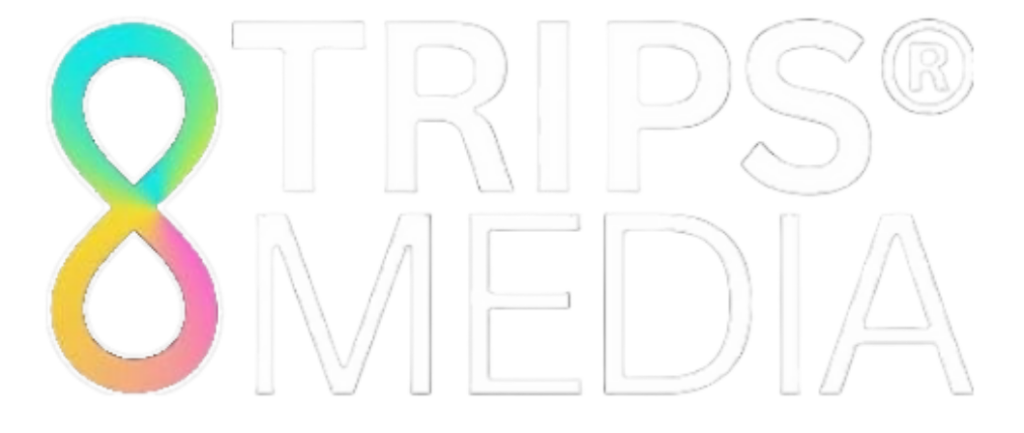Over the past two decades, YouTube has undergone a remarkable transformation from a fledgling video-sharing site to a multibillion-dollar media powerhouse. Launched in 2005, YouTube’s rise has redefined the media landscape, emphasizing the importance of creative integrity and innovative business models. This article explores YouTube’s journey, detailing its major strategic moves, the crucial roles played by its founders, and its impact on the media industry—focusing particularly on its trajectory after reaching billion-dollar status.

The Founding Vision: Democratizing Content Creation
In February 2005, Steve Chen, Chad Hurley, and Jawed Karim—former PayPal employees—founded YouTube with a groundbreaking vision: to create a platform where anyone could easily upload, share, and view videos. At the time, sharing video content online was cumbersome and typically required specialized software or complex procedures.
Chad Hurley, as the CEO, leveraged his design background to craft an intuitive and user-friendly interface. His leadership was instrumental in defining the platform’s vision and ensuring it was accessible to a broad audience. Hurley’s emphasis on simplicity and ease of use was crucial in encouraging widespread adoption.
Steve Chen, the Chief Technology Officer, focused on the technical aspects of YouTube’s development. His expertise in software engineering enabled the creation of a scalable and robust infrastructure capable of handling millions of video uploads and views. Chen’s work ensured that YouTube could support rapid growth and a large user base.
Jawed Karim, the third co-founder, contributed significantly to product development and strategy. Karim’s early involvement included uploading the first video, “Me at the zoo,” which not only showcased the platform’s capabilities but also set a precedent for user-generated content. Karim’s role in shaping YouTube’s features and functionality was essential to its initial success.
Major Strategic Moves and Milestones
1. The Google Acquisition
In November 2006, just over a year after its launch, Google acquired YouTube for $1.65 billion in stock. This acquisition was a pivotal moment, providing YouTube with the financial resources and technological support needed for rapid expansion. The deal validated YouTube’s potential and marked the beginning of its transition from a startup to a major player in the media industry.
The integration with Google allowed YouTube to leverage Google’s advanced technological infrastructure and global reach. This partnership was crucial in scaling the platform’s capabilities and supporting its growing user base. Under Google’s ownership, YouTube introduced several key features and enhancements that significantly boosted its value.
2. Introduction of the Partner Program
In 2007, YouTube launched its Partner Program, a major milestone in its evolution. This program enabled content creators to monetize their videos through advertising, creating a new revenue stream for both YouTube and its creators. The introduction of this program was a game-changer, as it incentivized the production of high-quality content and attracted professional creators and media companies to the platform.
The Partner Program also marked a shift towards a more sustainable business model, aligning YouTube’s interests with those of its content creators. By providing financial rewards for successful content, YouTube established itself as a key player in the media business and fostered a thriving community of creators.
3. Expansion of Content Formats and Features
Following the Google acquisition, YouTube continued to innovate and expand its content offerings. The platform introduced various features to enhance user experience and broaden its content scope. Notable developments included the introduction of HD video support, live streaming capabilities, and improved content discovery algorithms.
YouTube’s focus on enhancing content quality and accessibility played a significant role in its growth. By supporting high-definition video and live streaming, YouTube catered to the evolving needs of both creators and viewers. The platform also refined its recommendation algorithms to help users discover relevant and engaging content, further driving user engagement.
4. Launch of YouTube Premium and Original Content
In 2015, YouTube launched YouTube Red (later rebranded as YouTube Premium), a subscription service offering ad-free content, exclusive shows, and original programming. This move marked YouTube’s entry into the subscription-based media market and underscored its commitment to providing diverse content experiences.
The introduction of original content through YouTube Premium aimed to compete with traditional media giants and streaming services. By investing in exclusive series and movies, YouTube sought to attract a premium audience and diversify its revenue streams. This strategic move highlighted YouTube’s ambition to expand beyond user-generated content and establish itself as a major player in the entertainment industry.
5. Expansion into Global Markets
YouTube’s growth has been marked by its expansion into international markets. The platform now operates in over 190 countries, supporting multiple languages and offering region-specific features. This global reach has been a key factor in YouTube’s success, enabling it to cater to diverse audiences and tap into new markets.
The expansion into global markets allowed YouTube to build a vast and varied content library, reflecting the diverse interests and preferences of users worldwide. By localizing content and features, YouTube enhanced its appeal and relevance in different regions, contributing to its continued growth and success.
6. Strengthening Content Moderation and Policy Enforcement
As YouTube’s user base grew, so did the challenges associated with content moderation and policy enforcement. The platform faced criticism for issues related to harmful content, misinformation, and copyright infringement. In response, YouTube implemented various policies and tools to address these challenges and ensure a safe environment for users.
YouTube introduced content moderation systems, including automated content detection and human review processes, to address harmful or inappropriate content. The platform also strengthened its copyright enforcement mechanisms to protect creators’ intellectual property and address infringement issues. These efforts were essential in maintaining a balance between creative freedom and responsible content management.

Post-Billion-Dollar Success: Strategic Growth and Challenges
1. Diversification and Innovation
Post-acquisition, YouTube continued to evolve, focusing on diversifying its revenue streams and innovating its offerings. The platform invested in new technologies and features to stay ahead in a competitive market. For instance, YouTube has explored advancements in artificial intelligence and machine learning to improve content recommendations, user engagement, and ad targeting.
The launch of YouTube Music in 2018 and YouTube TV further exemplified the platform’s commitment to expanding its content and services. YouTube Music offered a dedicated space for music discovery and streaming, while YouTube TV provided a subscription-based service for live TV streaming. These initiatives demonstrated YouTube’s strategy of diversifying its media portfolio and catering to a wide range of consumer needs.
2. Navigating Regulatory and Ethical Challenges
As YouTube’s influence grew, so did scrutiny from regulators and advocacy groups. The platform faced challenges related to data privacy, content moderation, and the spread of misinformation. In response, YouTube has implemented various measures to address these issues, including stricter data privacy policies and enhanced content moderation practices.
The platform has also faced criticism over its handling of controversial content and its role in shaping public discourse. YouTube’s approach to content moderation has been a subject of debate, with some advocating for more robust measures to combat harmful content, while others emphasize the importance of protecting free speech and creative expression.
3. Adapting to Emerging Trends
In recent years, YouTube has continued to adapt to emerging trends and shifts in consumer behavior. The rise of short-form content and the growing popularity of platforms like TikTok have influenced YouTube’s strategy. In response, YouTube introduced Shorts, a feature allowing users to create and watch short, vertical videos. This move aimed to capture the growing audience for bite-sized content and compete with emerging platforms.
Additionally, YouTube has invested in live streaming and interactive features to enhance user engagement. The platform has become a key player in live streaming for events, gaming, and real-time interaction, further solidifying its position in the digital media landscape.
YouTube’s journey from a simple video-sharing site to a multibillion-dollar media giant reflects its profound impact on the media business. The founders’ vision and strategic decisions were pivotal in shaping the platform’s success and scaling it to new heights. Major moves such as the Google acquisition, the introduction of the Partner Program, and the expansion into global markets were critical in establishing YouTube as a leading player in the media industry.
In the years following its ascent to billion-dollar status, YouTube has continued to innovate and adapt, focusing on diversification, navigating regulatory challenges, and embracing emerging trends. Its commitment to creative integrity and value remains central to its strategy, ensuring its continued relevance and success in the evolving media landscape. As YouTube moves forward, its ability to balance innovation with responsible content management will be crucial in shaping the future of digital entertainment and media.

